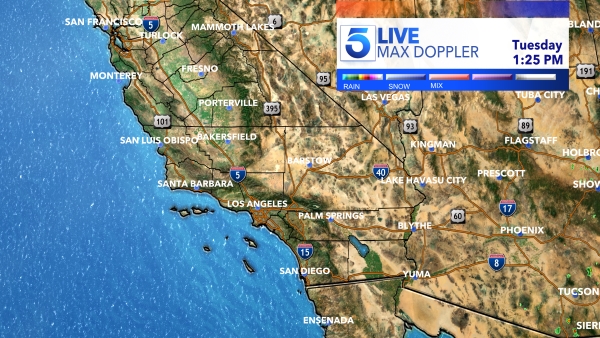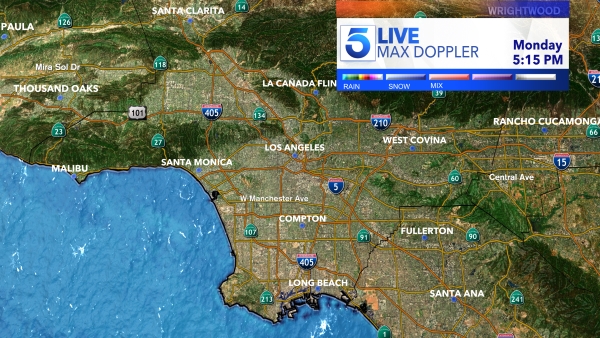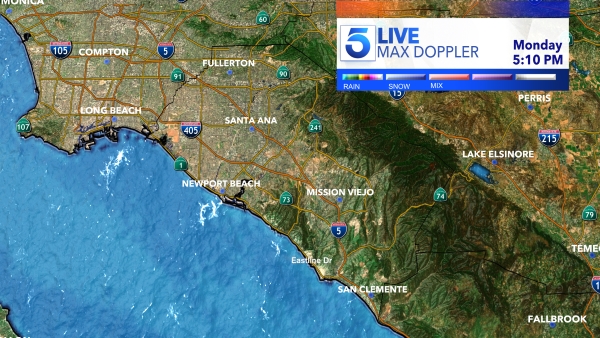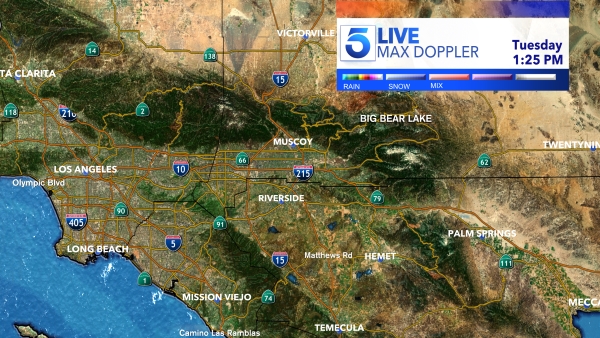The Climate Prediction Center’s official winter forecast has been released, and it’s got some mixed news for California.
The 90-day-outlook was published Thursday morning by the Climate Prediction Center, part of the National Oceanic and Atmospheric Administration’s (NOAA) National Weather Service. It gives people a rough idea of what November, December and January will look like across the country.
The forecast is heavily influenced by the presence of La Niña, which forecasters recently said was 75% likely to stick around through the winter months.
La Niña tends to split the country in half, bringing a dry winter to the southern half and a wetter winter to the northern half.
You can see that dividing line in map released Thursday (below): Southern California is expected to have a drier-than-normal winter, while Northern California is a bit of a mystery. The northern half of the state has equal chances of being above-average and below-average for rain and snow.

A La Niña winter is bad news for California’s drought. About half of the state is already considered to be in “severe drought” or worse, and dry conditions are expected to persist for at least the southern half of the state over the next three months.
When it comes to temperature, all of California is in the same boat. It’s expected to be warmer-than-average everywhere in the state, though Southern California has a slightly higher chance of a hot winter than Northern California does.

If forecasters’ predictions hold true, and La Niña sticks around through January, it’ll be the third La Niña winter in a row – a rare phenomenon we’ve only seen twice since 1950. However, new research suggests recurring La Niña years are growing more common due to climate change.













